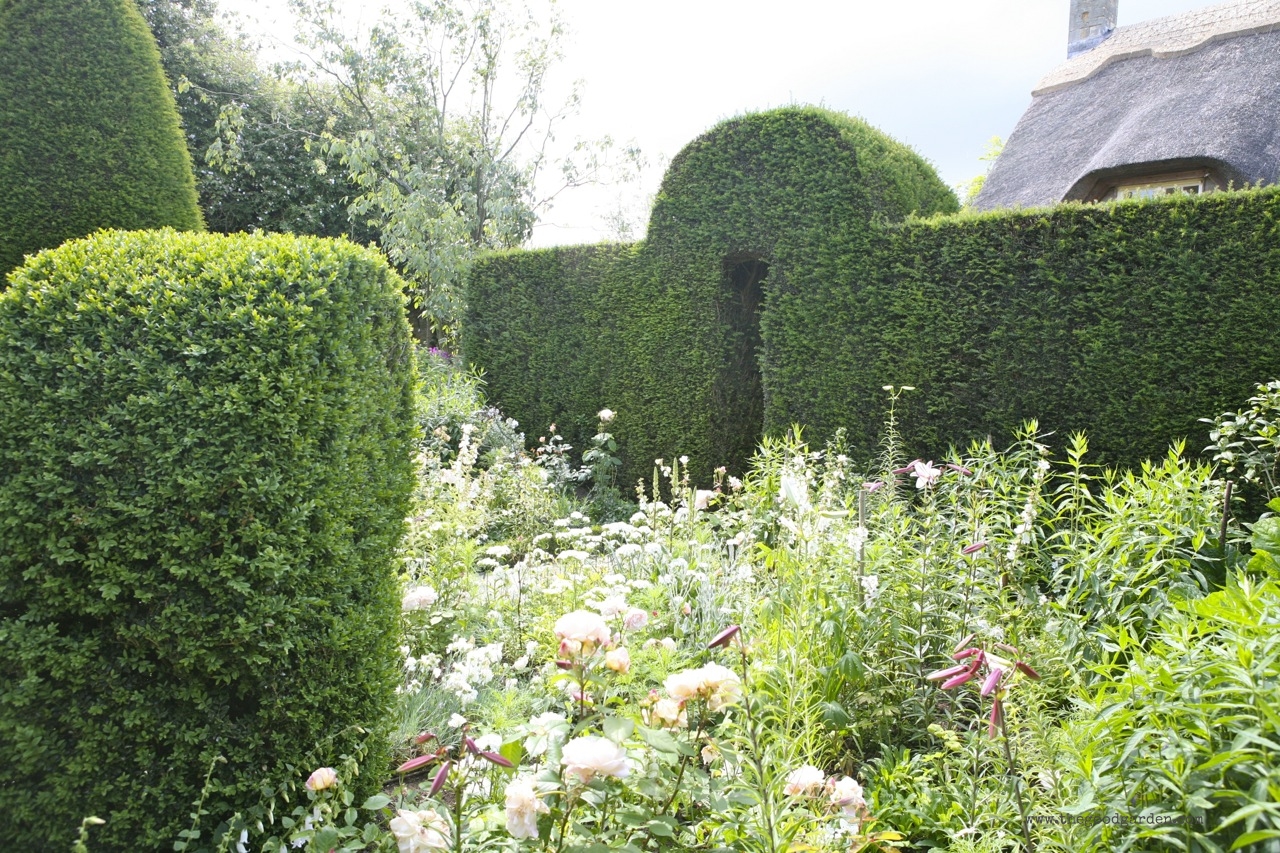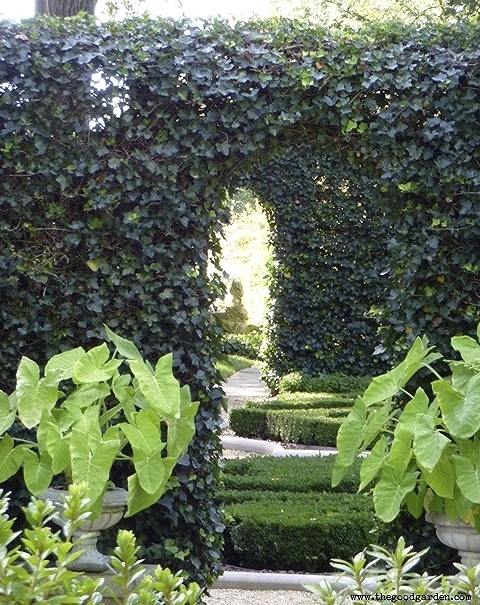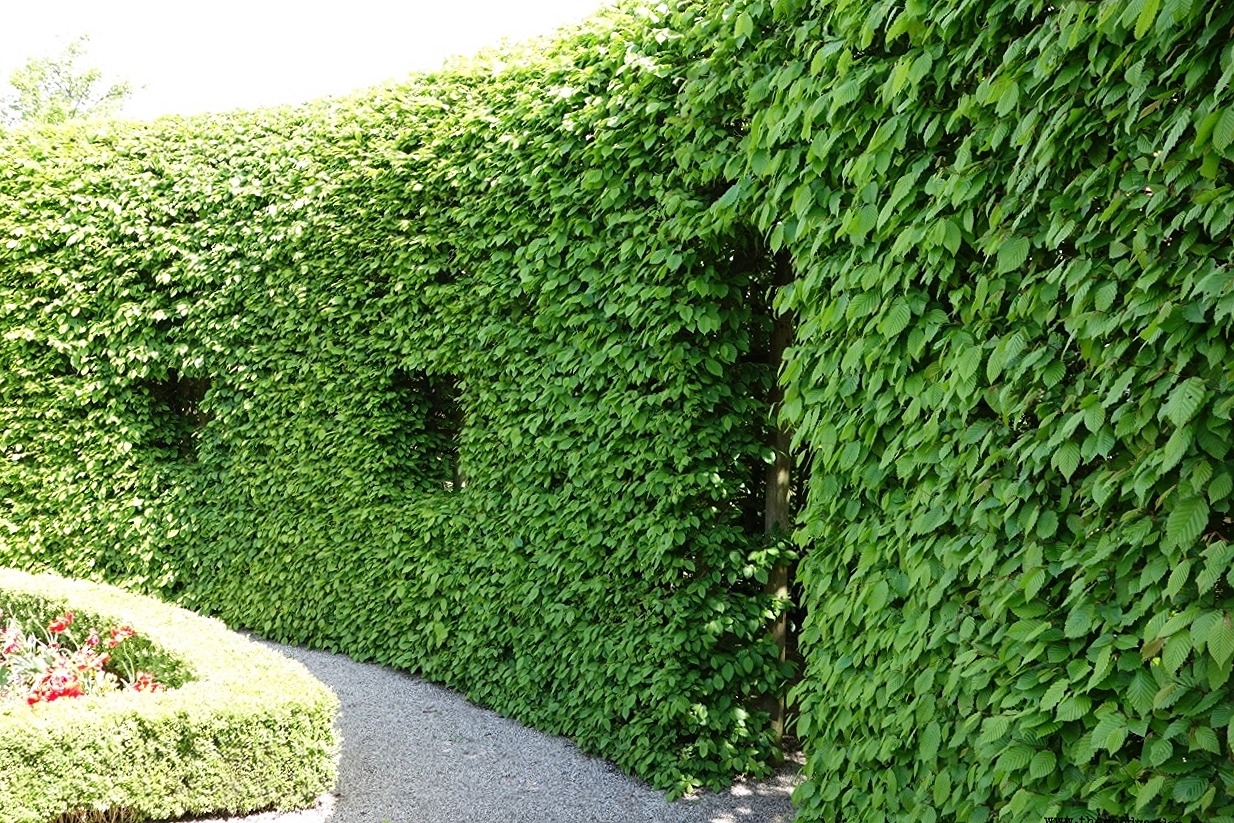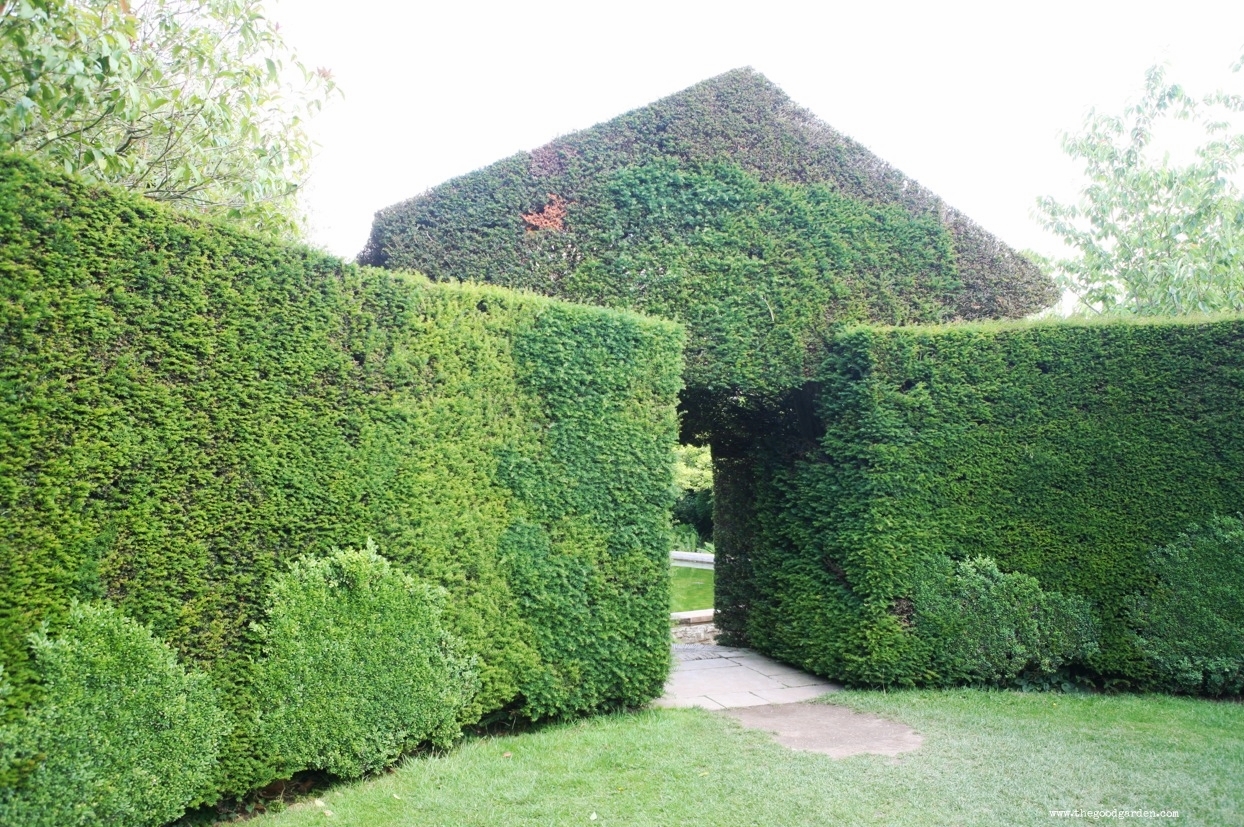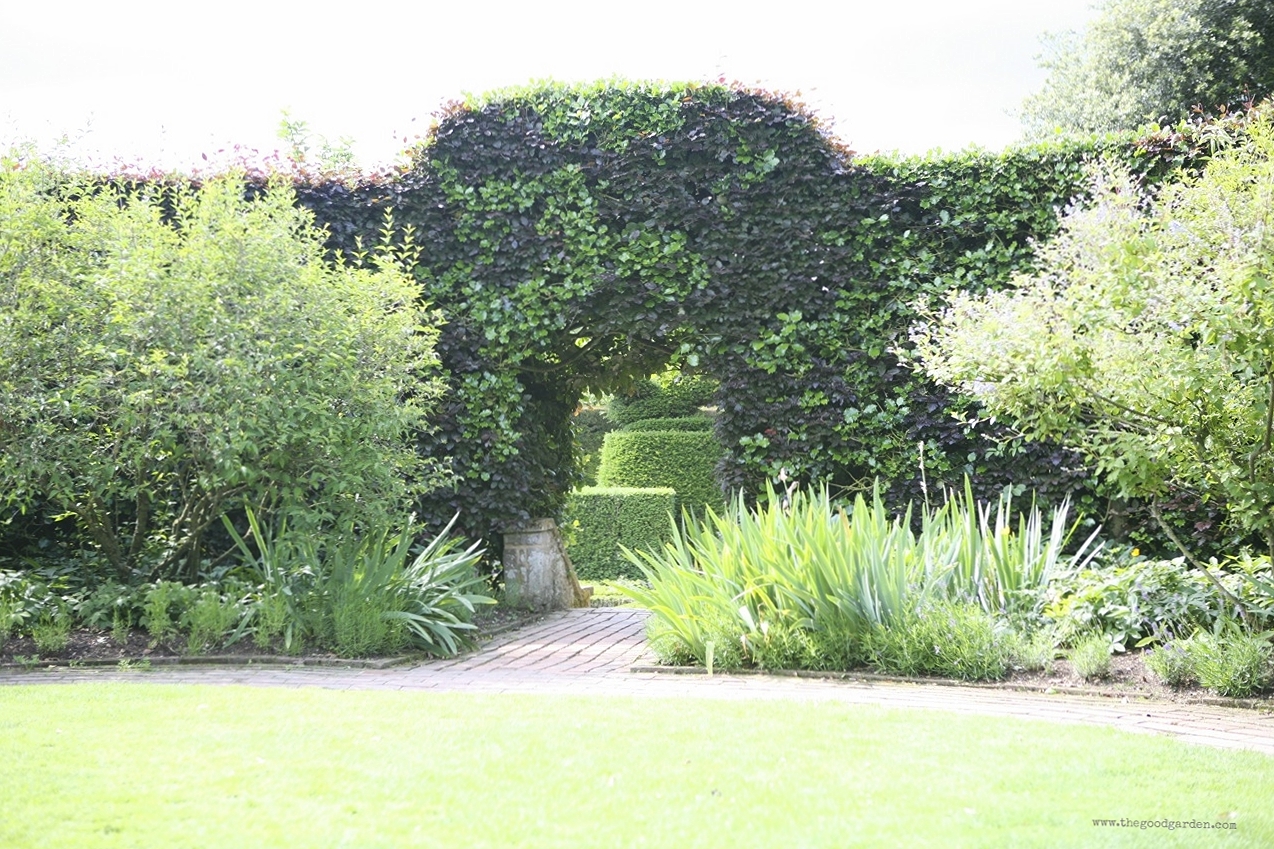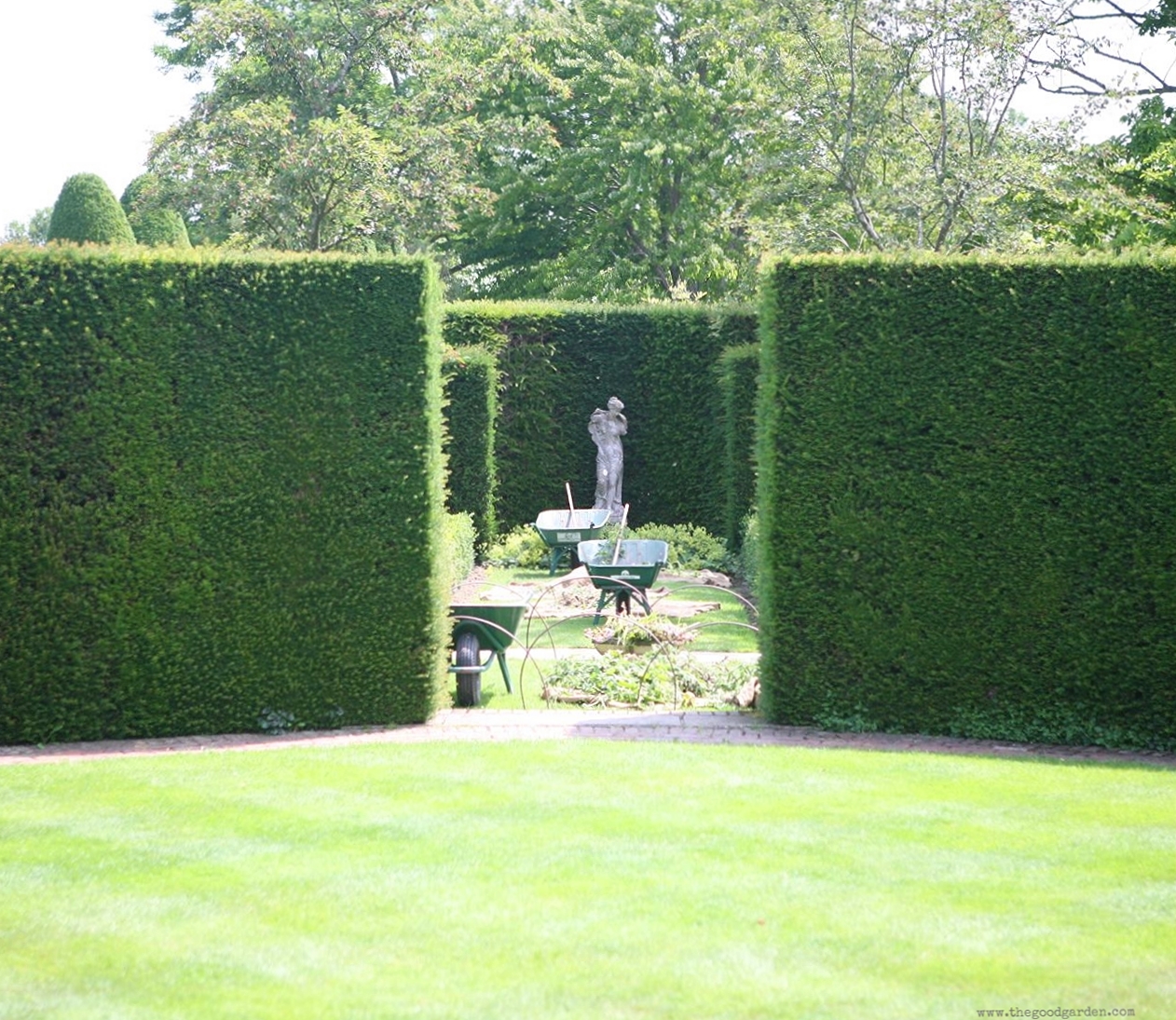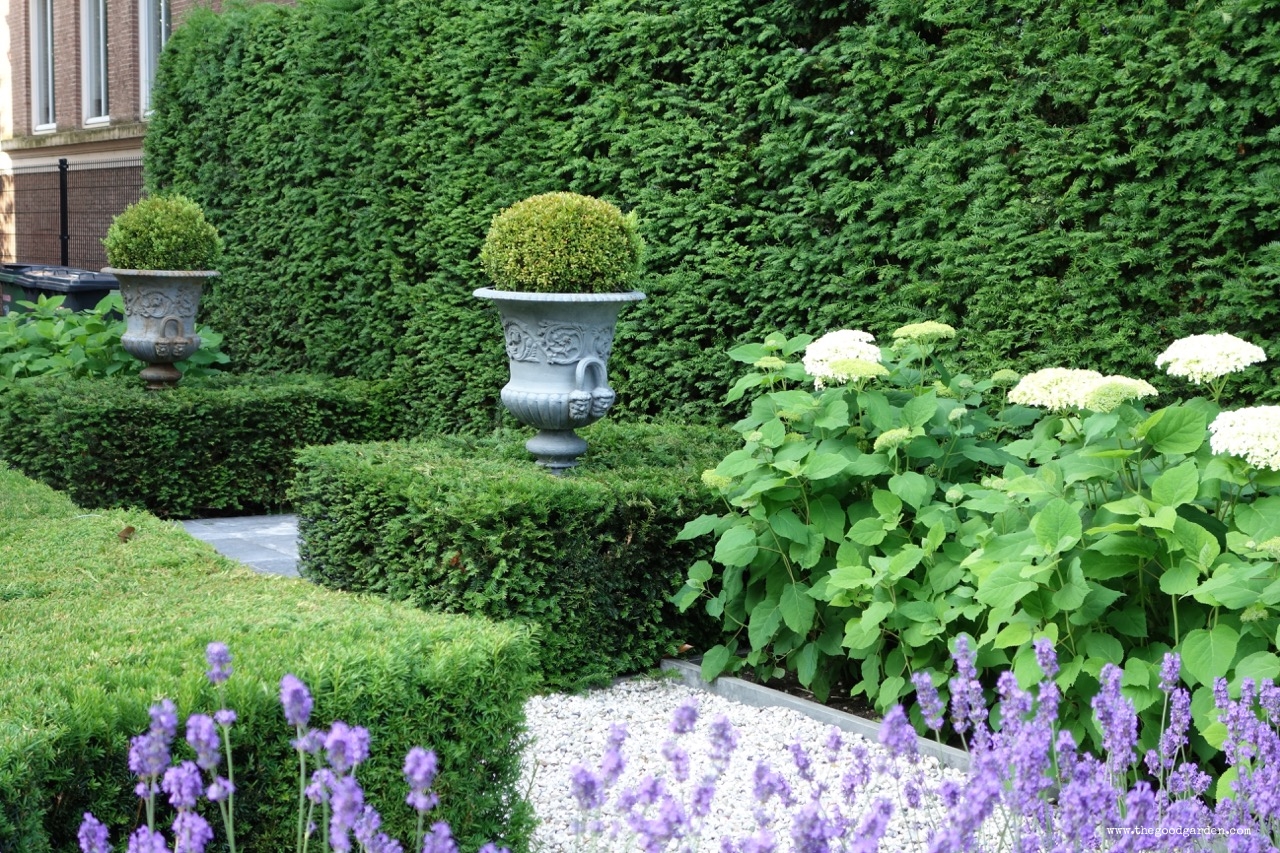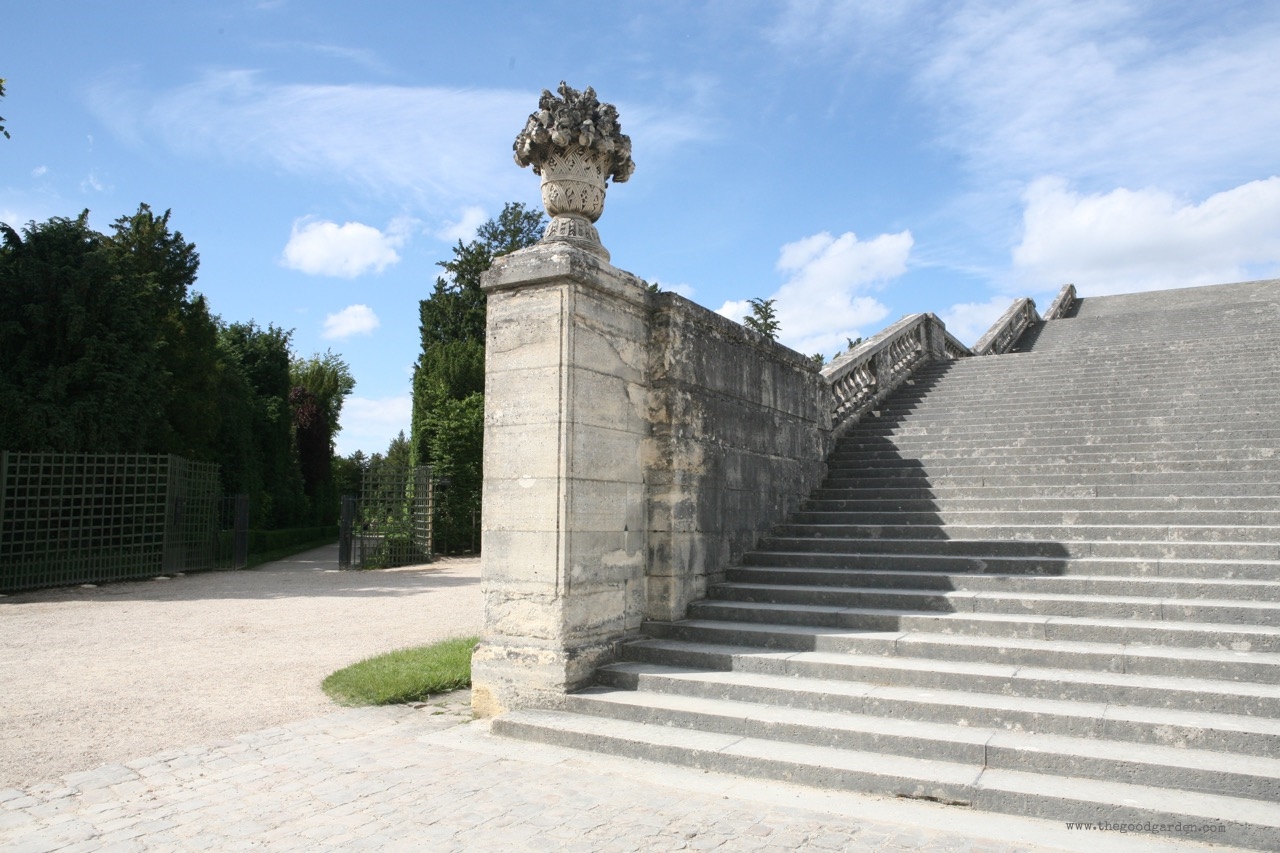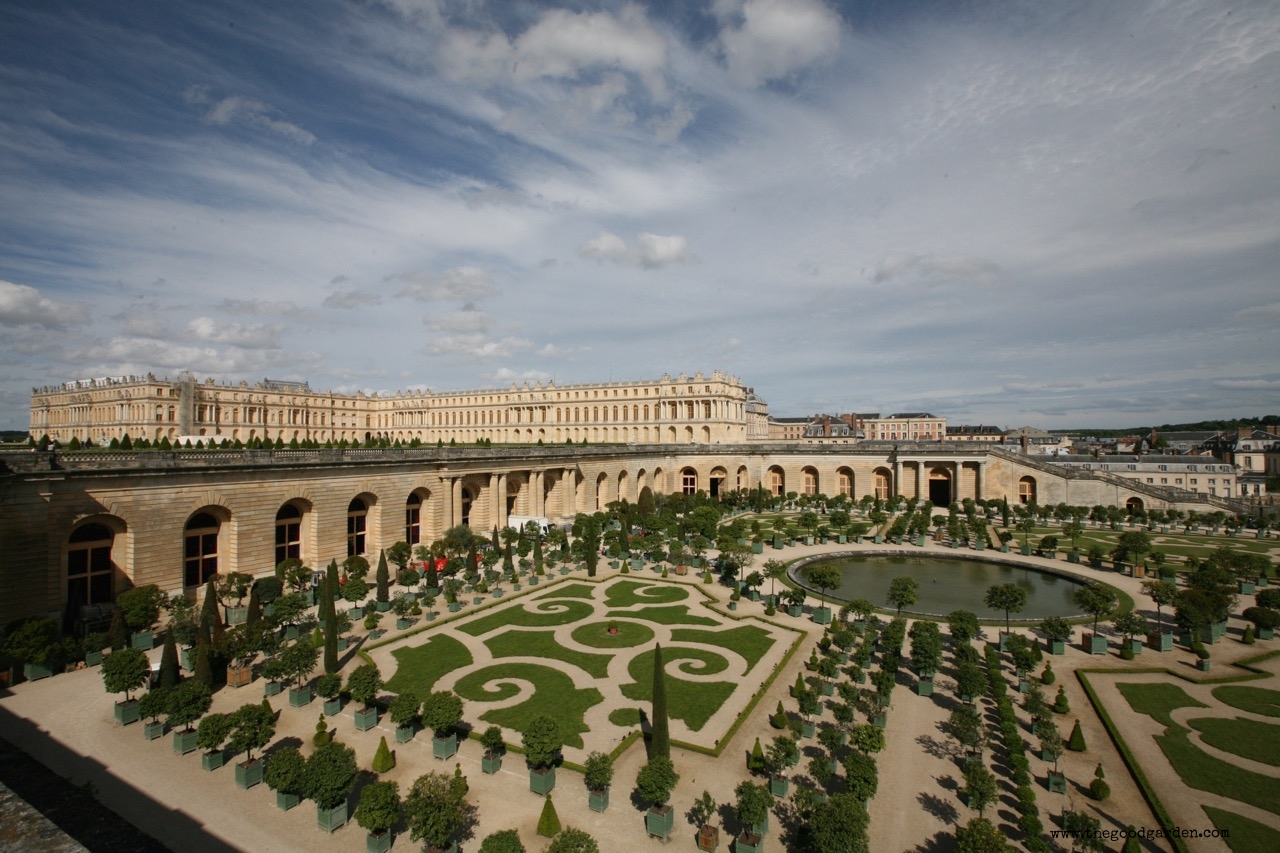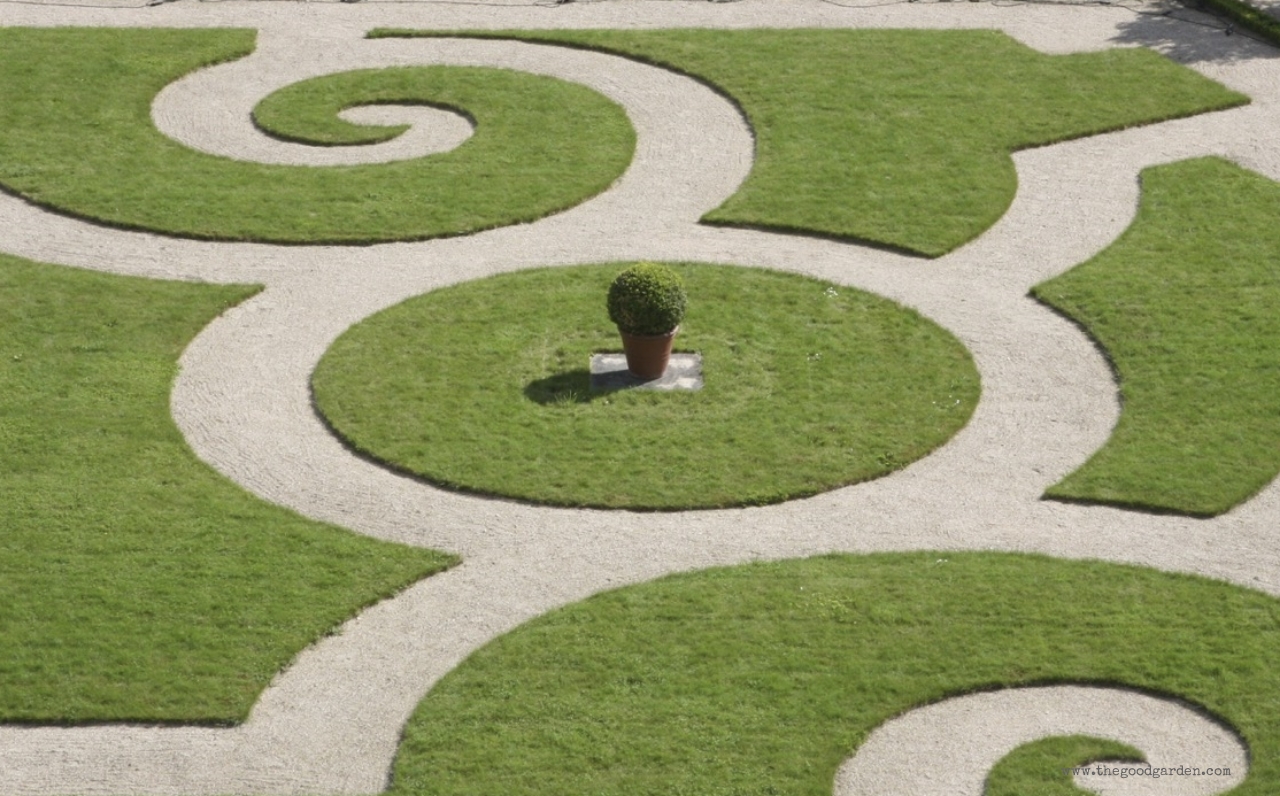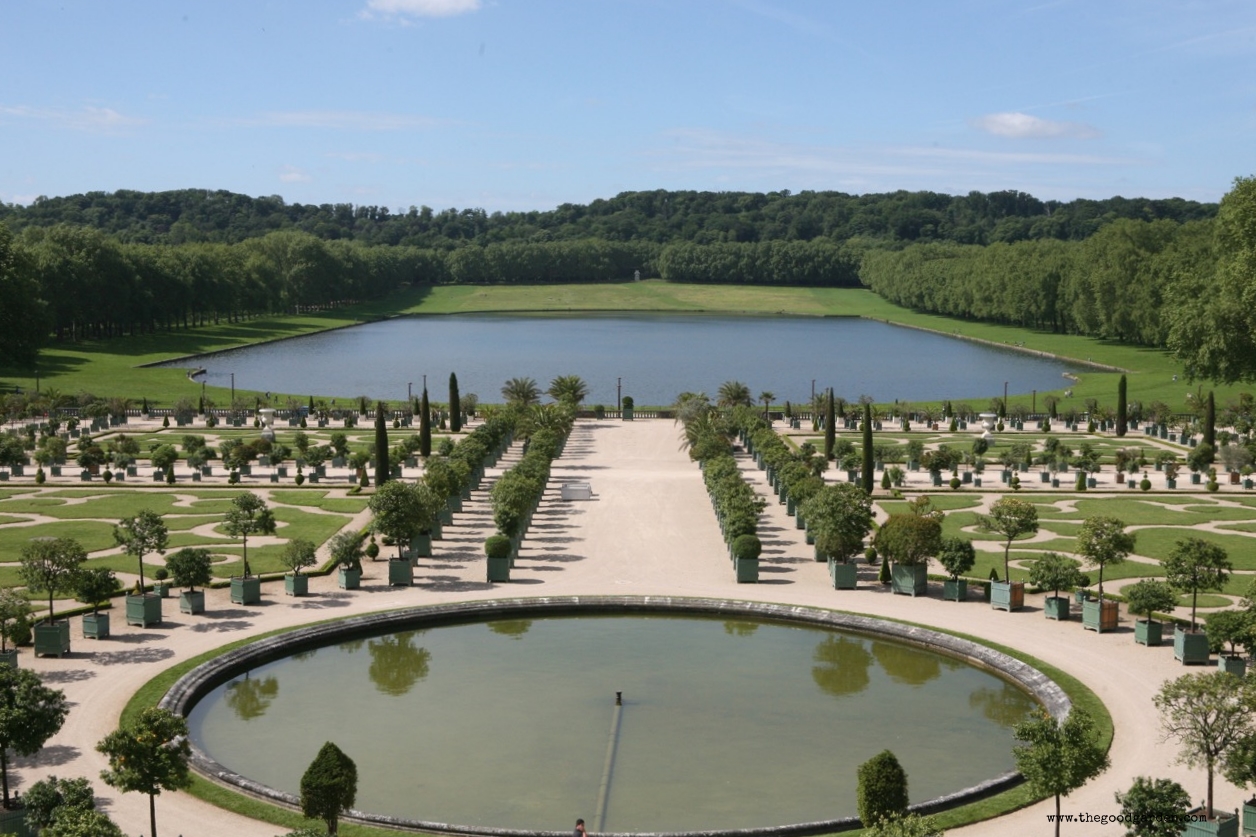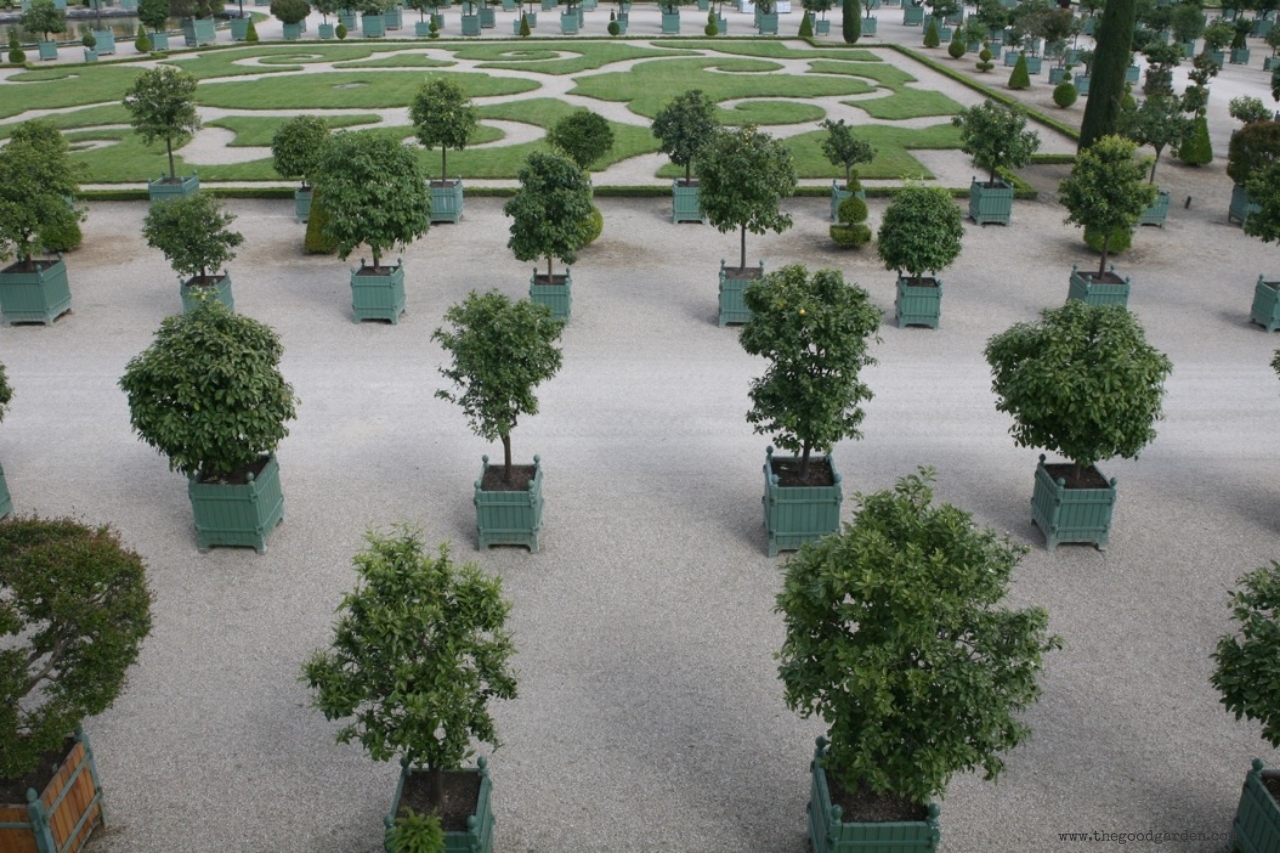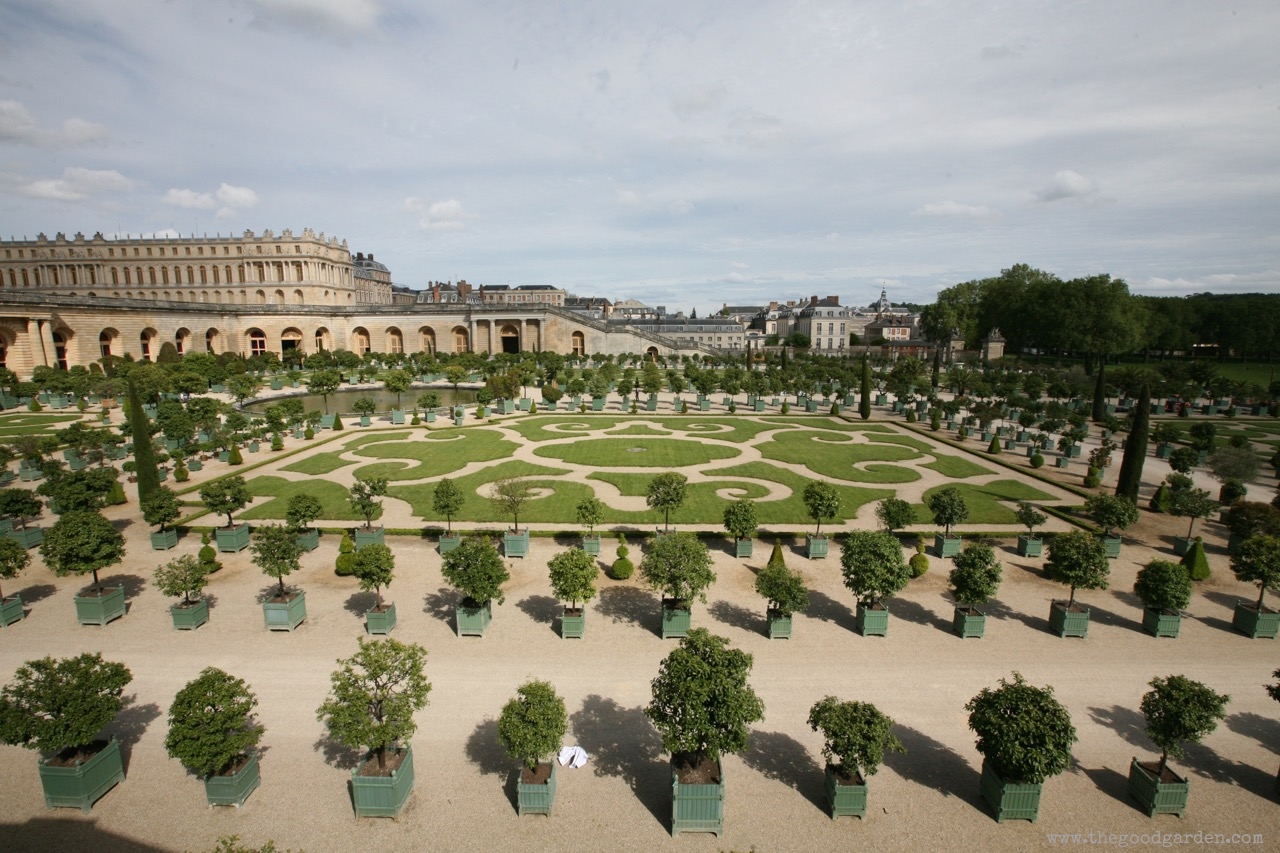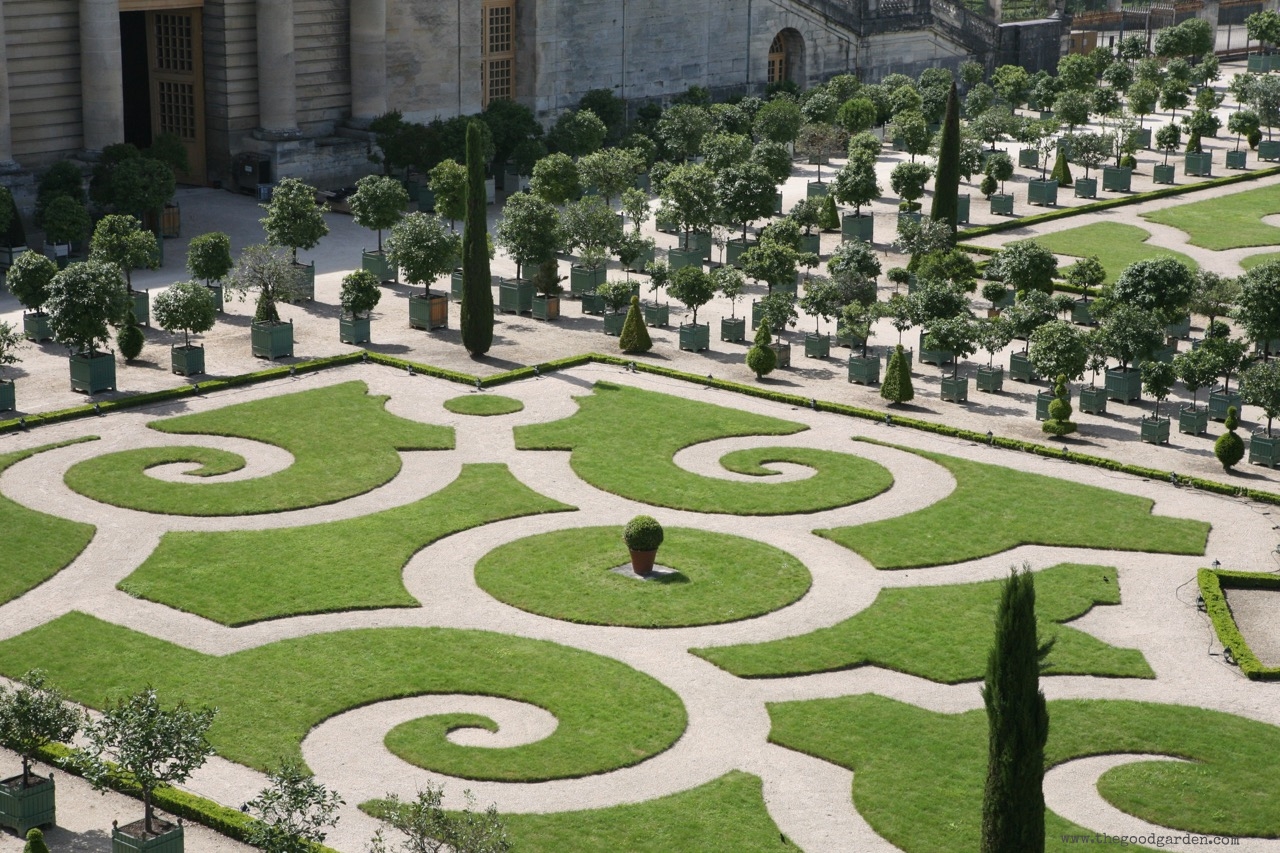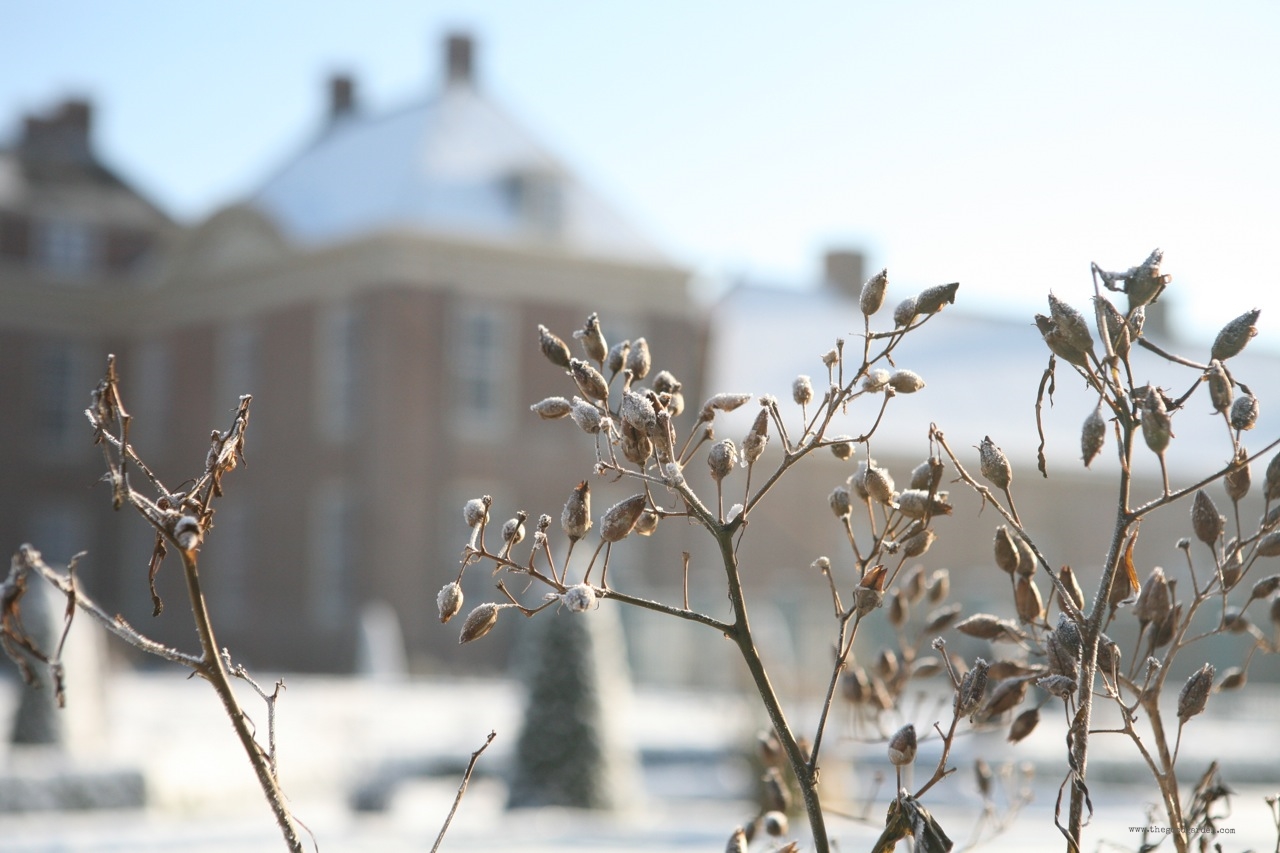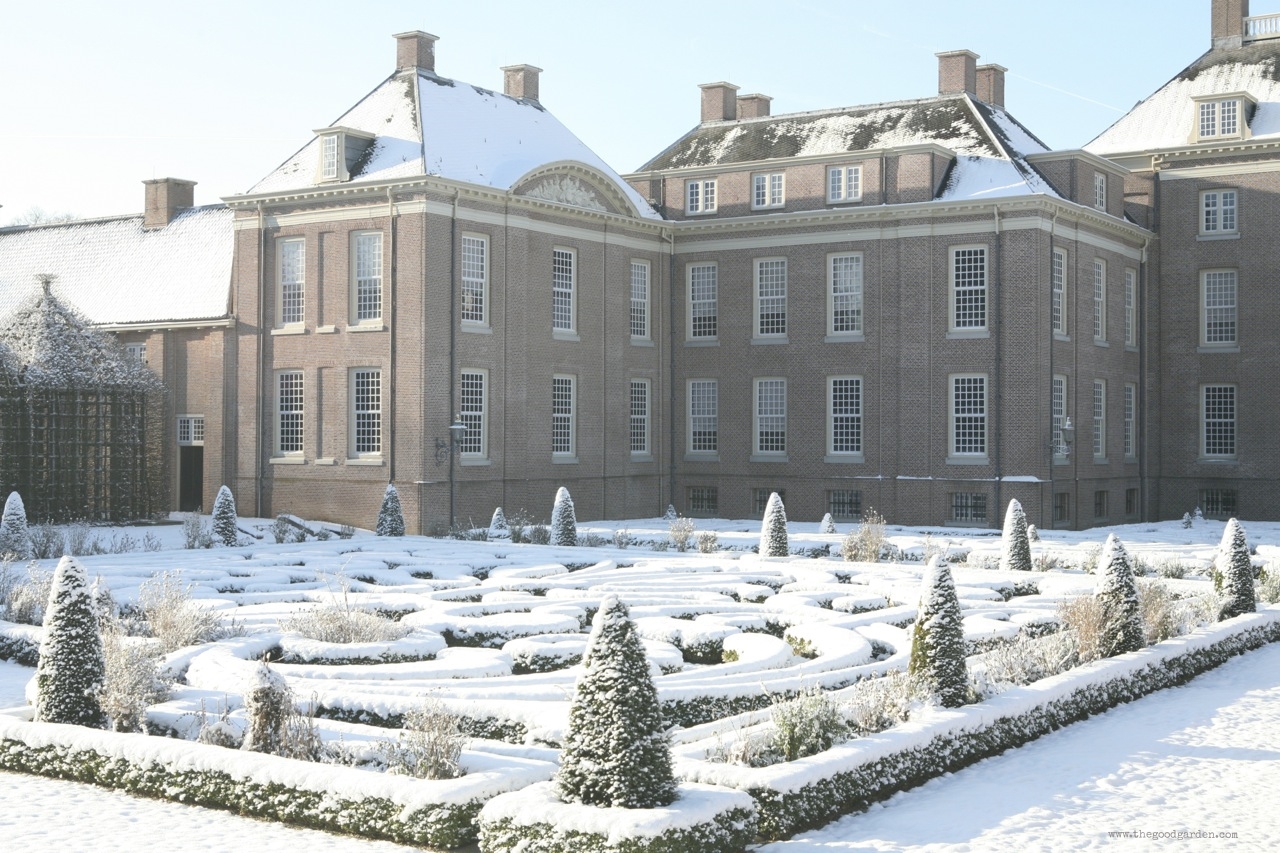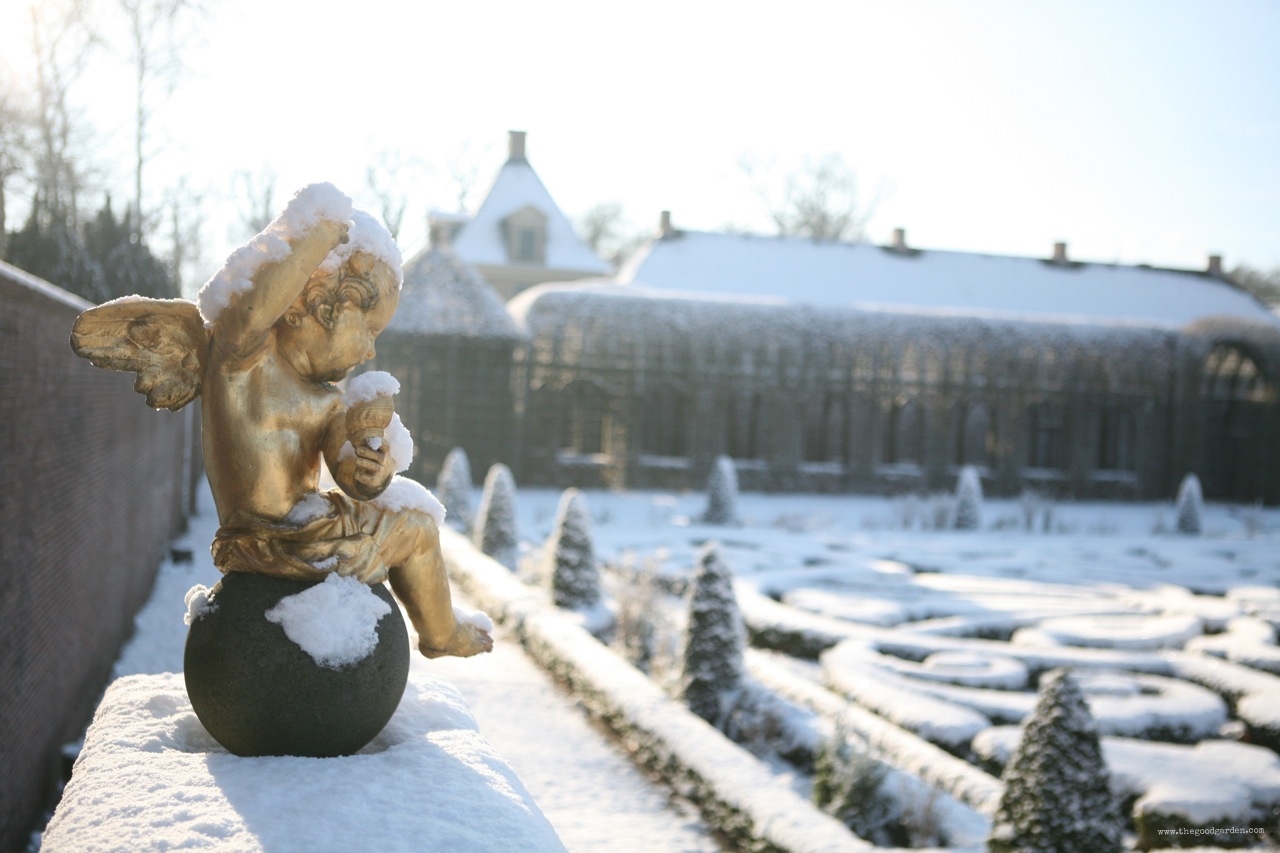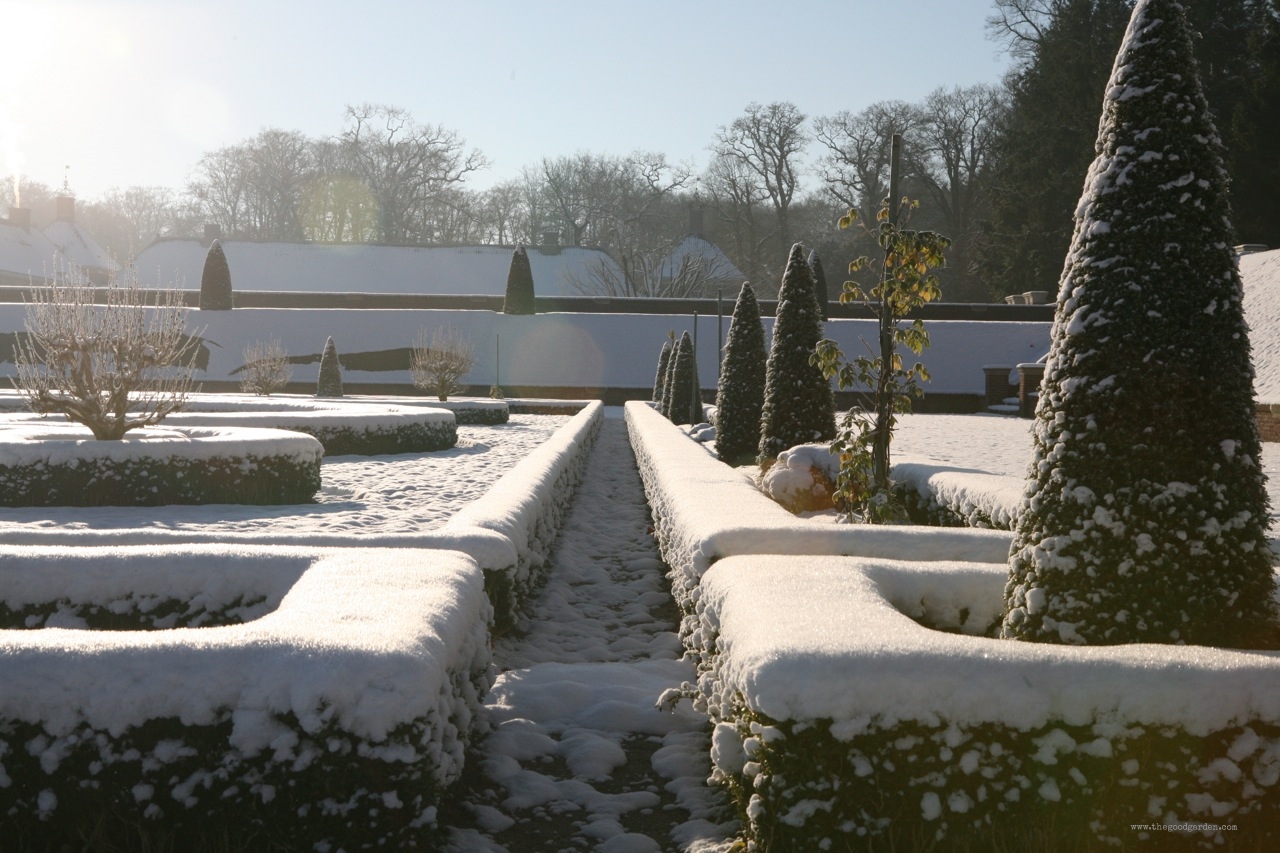I have hedge envy.
Hedges define a space, provide shelter, and create the perfect backdrop for shrubs and perennials. Tall hedges pull the eye upwards. An opening in a hedge adds mystery and invites us to look in, to enter. A nook in a hedge is the perfect place to secretly sit.
Hedges offer interest all year round. They make places for wildlife to hide, or rest, or sleep . A trimmed hedge is an opportunity to create fantastical structures or just keep it simple.
Once established, they take care of themselves; they don’t need to be painted and they don’t fall down like a wooden fence. Like a fence, though, a hedge can hide an unwanted view.
Historic gardens offer inspiring ways to use hedges. Just a few of my favorite examples are highlighted above and include: Hidcote, Prinsentuin, Longwood Gardens, Hillwood Estate, Savill Garden, Sissinghurst, and Versailles. Hover on the photos to learn where each photo was taken.
Even with today's power tools, formal hedges are a lot of work. I can't imagine what it was like with manual tools. Old Garden Tools Virtual Museum's mission is to be "a resource to collectors and researchers in the field of tools and ephemera used in the art and science of gardening." Thanks to their work we have a few examples of tools used in the early 1900's to keep hedges looking their best.
Hedging shears. Source: Old Garden Tools Virtual Museum.
Little Wonder. Source: Old Garden Tools Virtual Museum.
Multi-cut shears. Source: Old Garden Tools Virtual Museum.

